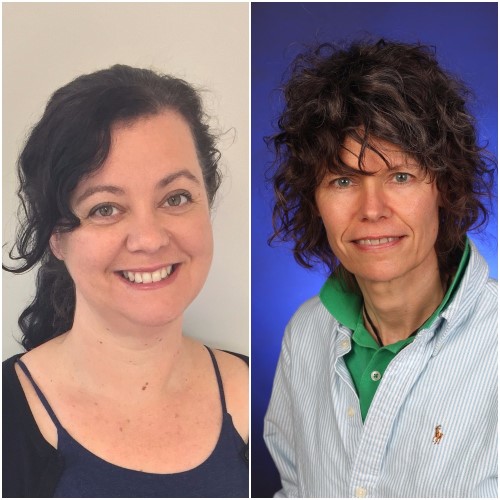The secret life of traumatic memories

Associate Professor Rachel Zajac of the University of Otago and Professor Maryanne Garry at the University of Waikato will delve into how people recall and process traumatic memories
Published 2 November 2017
Both the general public and practising clinicians often believe that memories of traumatic experiences are fragmented, causing them to emerge jumbled with pieces missing. In this view, trauma is remembered by special mechanisms that only allow the brain to record shallow aspects without deeper conceptual processing. Many people also believe that with the right therapy, traumatic memories can be reassembled and traumatic amnesia reversed to regenerate coherent memories of such events.
While this view might seem reasonable, it rests entirely on the underlying idea that traumatic memories behave differently from non-traumatic memories. Is this really true? Surprisingly, there is no scientific evidence that memory fragmentation is harmful, encoded by a special mechanism, or even that traumatic amnesia exists.
Associate Professor Rachel Zajac at the University of Otago’s Department of Psychology and Professor Maryanne Garry at the University of Waikato’s Psychology Department have received a Marsden Fund grant to explore the secret life of traumatic memories. They will apply rigorous experimental methods to examine and compare how people recall traumatic and non-traumatic memories. They suggest that fragmentation occurs for most memories, but that people appraise traumatic memories differently. This sets in motion a chain of behaviours that shape memories, psychological wellbeing, and even willingness to question events.
This research will have important implications for how we understand memory and help to guide clinicians as they address the traumatic memories of their patients.
